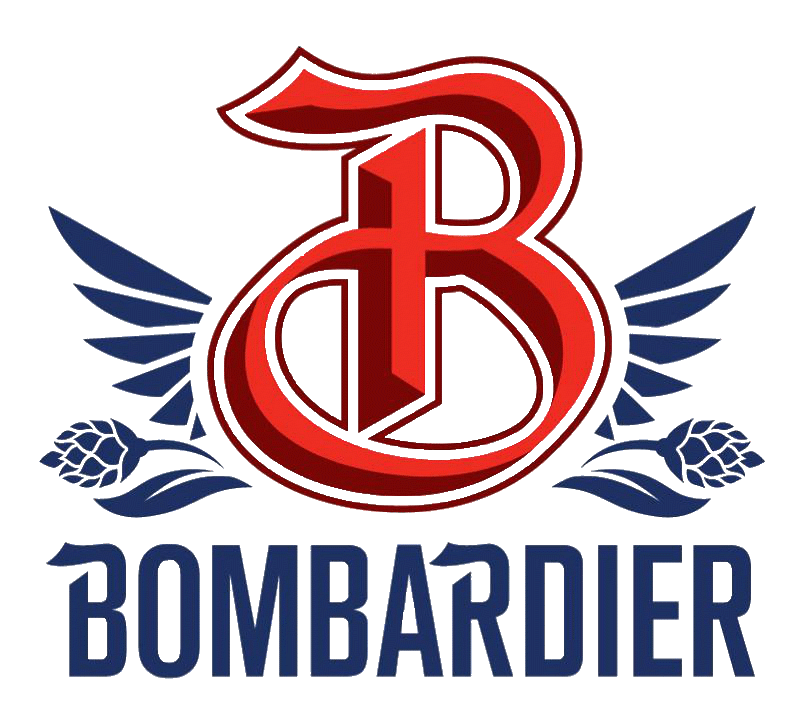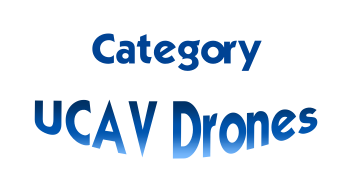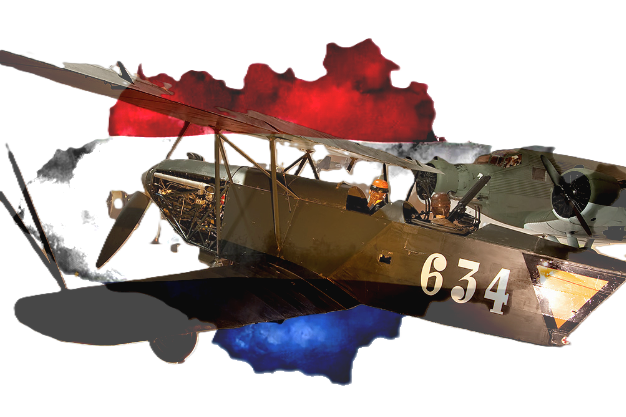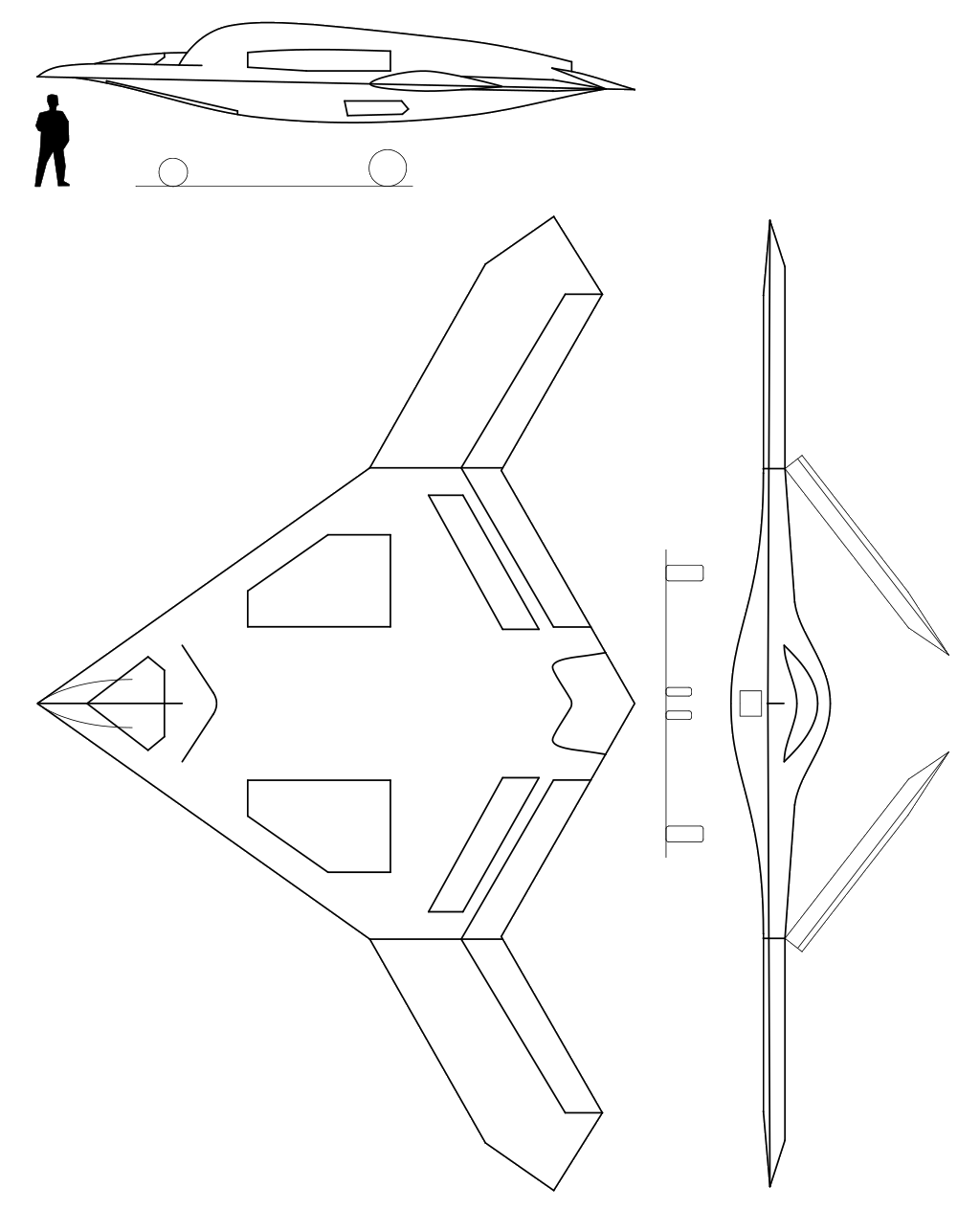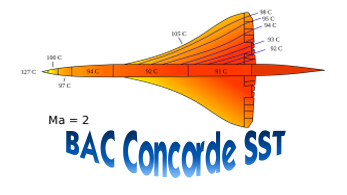De Havilland Canada DHC-7 Series
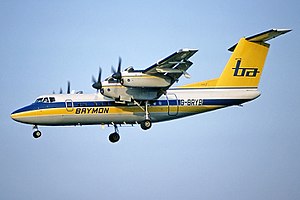 |
|
| General information | |
|---|---|
| Type | STOL regional airliner |
| National origin | Canada |
| Manufacturer | de Havilland Canada |
| Status | In limited service |
| Primary users | Various airlinesCanadian Forces United States Army Venezuelan Navy |
| Number built | 113 |
| History | |
| Manufactured | 1975–1988 |
| Introduction date | February 3, 1978 |
| First flight | March 27, 1975 |
| Developed into | De Havilland Canada Dash 8 |
.
History De Havilland Aircraft of Canada Limited
De Havilland Canada DHC-7 Q-Series

The de Havilland Canada DHC-7, popularly known as the Dash 7, is a turboprop-powered regional airliner with short take-off and landing (STOL) performance. Variants were built with 50–54 seats. It first flew in 1975 and remained in production until 1988 when the parent company, de Havilland Canada, was purchased by Boeing in 1986 and later sold to Bombardier. In 2006 Bombardier sold the type certificate for the aircraft design to Victoria-based manufacturer Viking Air.
Three sizes were offered: initially the 37–40 seat -100 until 2005 and the more powerful -200 from 1995, the stretched 50–56 seats -300 from 1989, both until 2009, and the 68–90 seats -400 from 1999, still in production. The QSeries are post-1997 variants fitted with active noise control systems.
Development
Initial development

In the 1970s, de Havilland Canada had invested heavily in its Dash 7 project, concentrating on STOL and short-field performance, the company's traditional area of expertise. Using four medium-power engines with large, four-bladed propellers resulted in comparatively lower noise levels, which combined with its excellent STOL characteristics, made the Dash 7 suitable for operating from small in-city airports, a market DHC felt would be compelling. However, only a handful of air carriers employed the Dash 7, as most regional airlines were more interested in operational costs than short-field performance.
In 1980, de Havilland responded by dropping the short-field performance requirement and adapting the basic Dash 7 layout to use only two, more powerful engines. Its favoured engine supplier, Pratt & Whitney Canada, developed the new PW100 series engines for the role, more than doubling the power from its PT6. Originally designated the PT7A-2R engine, it later became the PW120. When the Dash 8 rolled out on April 19, 1983, more than 3,800 hours of testing had been accumulated over two years on five PW100 series test engines. The Dash 8 first flight was on June 20, 1983.
0
KmCeiling
0
KmCombat RANGE
0
Km/hAircraft Speed
0
Max Crew
Photo Gallery
De Havilland Aircraft of Canada Limited
DHC-7 Q-Series


De Havilland Aircraft of Canada Limited
DHC-7 Q-Series twin-engine turboprop
General Info
-
-
-
- Crew: 2
- Capacity: 50–54 passengers
- Length: 80 ft 7.75 in (24.5809 m)
- Wingspan: 93 ft 0 in (28.35 m)
- Height: 26 ft 2 in (7.98 m)
- Wing area: 860 sq ft (80 m2)
-
-
Powerplant
-
-
-
- Empty weight: 27,690 lb (12,560 kg)
- Max takeoff weight: 44,000 lb (19,958 kg)
- Powerplant: 4 × Pratt & Whitney Canada PT6A-50 turboprop engines, 1,120 shp (840 kW) each
-
-
Performance
-
- Maximum speed: 428 km/h)
- Range: 690 nmi (790 mi, 1,280 km) (with 50 passengers and baggage)
- Service ceiling: 21,000 ft (6,400 m) (25,000 ft (7,620 m) without passengers)
- Rate of climb: 1,120 ft/min (5.7 m/s) (en-route, flaps and landing gear up)
- Take-off field length: (689 m)
- Landing field length: (594 m)
Related development
.
Links to Youtube & Others
In 1986, Boeing bought the company in a bid to improve production at DHC's Downsview Airport plants, as well as better position itself to compete for a new Air Canada order for large intercontinental airliners.
DHCDash 7
Q-Series four-engine turboprop
Bombardier aimed to produce the Q400 more economically. A deal with its machinists union in June 2017
Youtube Link
The Dash 8 is a turboprop airliner designed by De Havilland Canada. It shares engines and avionics with many other airplane types.
